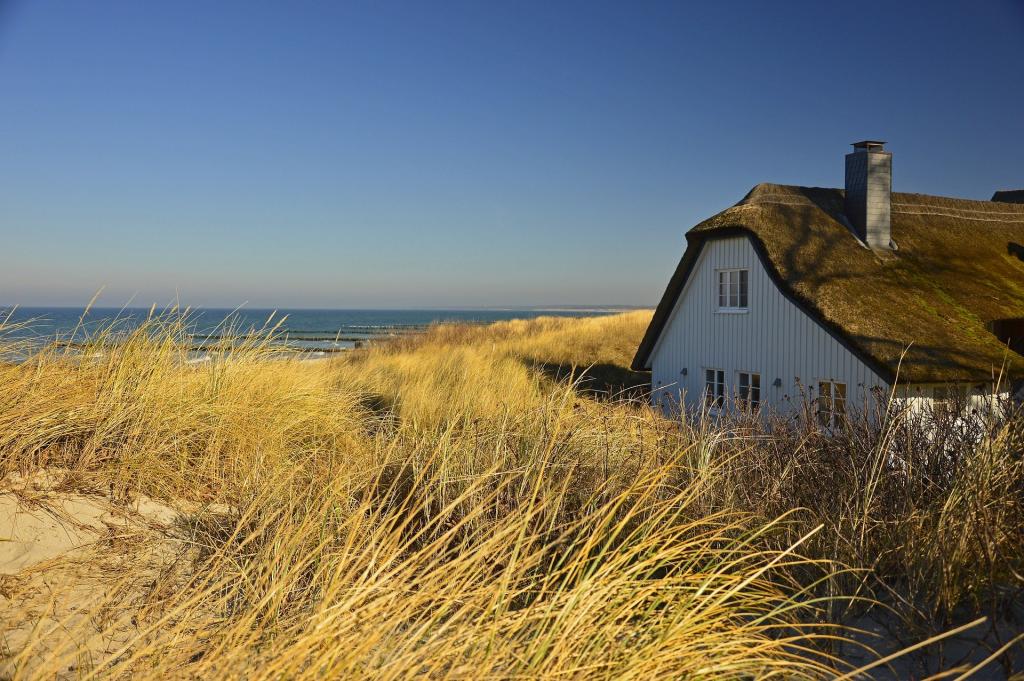With restrictions on travelling to their usual haunts in the Mediterranean, British holidaymakers have headed for UK destinations this year. Landlords have not been slow to react. In the south-west, sales to the end of September jumped 38% on the year before. Staycation locations such as the Cotswolds, South Oxfordshire, Dorset, Cornwall and Wiltshire have been stand-out performers. This included the sale of Trevail House, one of the seafront properties in Cornwall owned by multiple Michelin star restauranteur Gordon Ramsay. Purchased for £1.96m in 2017, the celebrity chef and presenter of Hell’s Kitchen sold the property in Fowey this year, off an advertised price of £2.75m.
Specialist mortgage searching firms reported a sharp increase in enquiries during the summer, with many landlords looking to expand their portfolios to include furnished holiday properties. In many cases, this was fuelled by landlords trying to take advantage of the stamp duty break. Furnished holiday properties currently have a 3% cap on the stamp duty payable on purchases up to £500,000, which contrasts with the normal sliding scale of charges, in which the ‘slab’ from £250,000 to £500,000 would otherwise have cost 8%.
Mortgages for ordinary buy-to-let mortgages differ from those for buying holiday lets, which usually only allow properties to be let out to tourists on a short-term basis. Even though interest rates on holiday let mortgages are generally higher, landlords can claim a wide range of tax reliefs, which are simply not available to ordinary buy-to-let properties. These include:
- Mortgage interest is fully deductible
- Capital allowances can be claimed on furnishing the property to a luxury standard
- Profits generated are classed as ‘relevant earnings’, enabling increased pension contributions
- On a future sale, there are several valuable Capital Gains Tax reliefs available. These include Business Assets Disposals Relief (the new name for what was formerly known as Entrepreneurs’ Relief), Roll-over Relief and Hold-over Relief
Holiday properties which are classified as a furnished holiday let for UK tax purposes must meet certain criteria, which include the property being available for commercial holiday letting to guests and holiday makers for at least 210 days (30 weeks) per year, and actually rented out as holiday accommodation to the public for at least 105 days (15 weeks) of the 210 days you have made it available. Any time the owners use the property forms part of the period where the property is unavailable for commercial holiday letting.
If you require any additional information, please contact our Head of Tax, Graeme Lovell.






